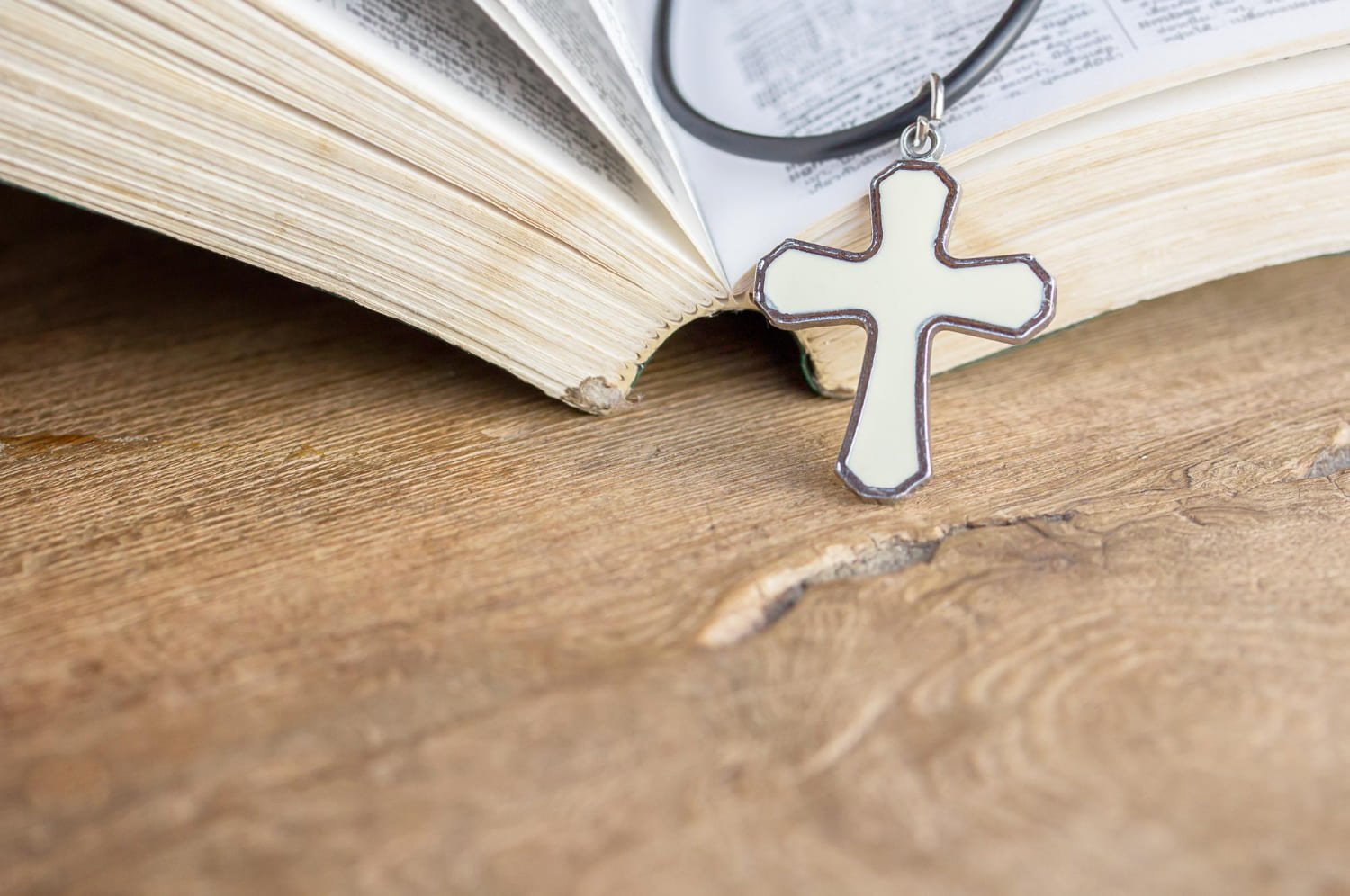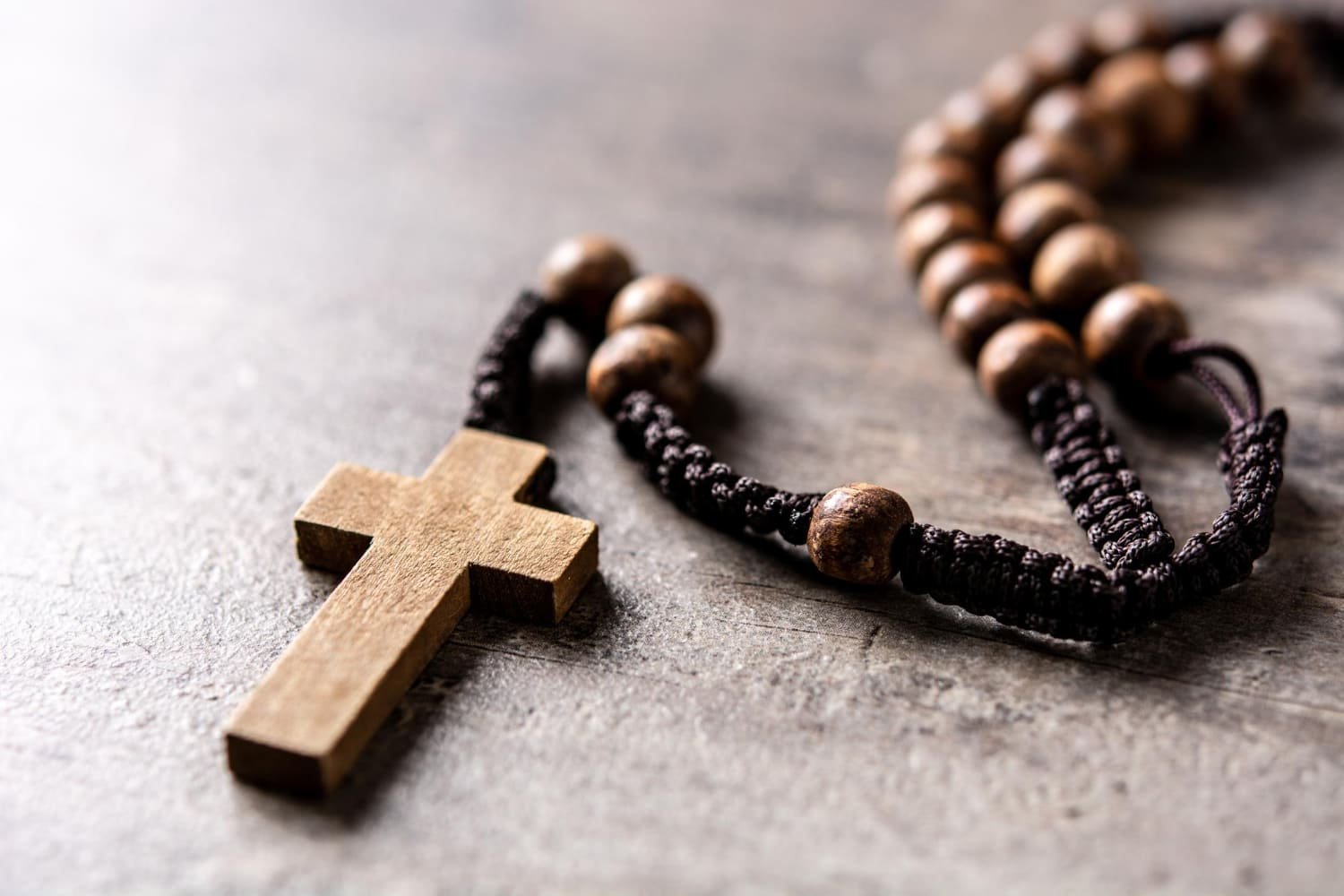For those seeking a religious community, choosing between Catholicism and Episcopalianism can be a difficult decision. While both are Christian denominations with similar beliefs and traditions, there are some key differences that set them apart.
Understanding these differences can help individuals make an informed decision about which community is the best fit for them.
One of the primary differences between Catholicism and Episcopalianism is their respective histories.
Catholicism traces its roots back to the early days of Christianity and is steeped in centuries of tradition and ritual. Episcopalianism, on the other hand, is a relatively young denomination that emerged in the United States in the late 18th century as a result of the American Revolution.
Another key difference between the two denominations is their approach to authority.
Catholicism is a hierarchical religion with a centralized leadership structure headed by the Pope. Episcopalianism, on the other hand, is more decentralized, with individual dioceses and bishops having more autonomy. This can lead to greater flexibility and adaptability within the Episcopalian church, but it can also create more variability in terms of doctrine and practice.
Beliefs and Practices
Catholicism and Episcopalianism are two sects of Christianity that share many similarities in terms of beliefs and practices.
Both believe in the Holy Trinity, the virgin birth, and the death, resurrection, and ascension of Jesus Christ. They also share the use of sacraments, liturgical worship, and the Bible as a central text.
However, there are some key differences in beliefs and practices between the two. One of the most significant differences is the role of the pope. Catholicism recognizes the pope as the spiritual leader of the church and the successor of Saint Peter, while Episcopalianism rejects the authority of the pope and instead follows the leadership of bishops.
Another difference is the use of the Eucharist, or Holy Communion. In Catholicism, the Eucharist is believed to be the actual body and blood of Christ, while in Episcopalianism, it is seen as a symbolic representation of Christ’s sacrifice.
In terms of worship, Catholicism tends to be more formal and ritualistic, with the use of incense, statues, and other symbols. Episcopalianism, on the other hand, allows for more flexibility in worship style and often incorporates contemporary music and other modern elements.
Overall, both Catholicism and Episcopalianism share many core beliefs and practices, but there are significant differences in terms of leadership, sacraments, and worship style. Ultimately, the choice between the two comes down to personal preference and individual beliefs.
Hierarchy and Leadership
Both Catholicism and Episcopalianism have a hierarchical structure of leadership, but there are some differences between the two.
In the Catholic Church, authority rests mainly with the bishops, who are appointed by the Pope. Priests and deacons serve as their assistants or helpers. The Pope, who is considered the Bishop of Rome and the head of the Church, has the highest authority and is responsible for making important decisions and declarations.
In contrast, the Episcopal Church has a more decentralized structure. While bishops are still important, they do not have the same level of authority as in the Catholic Church.
The Episcopal Church has a General Convention, which is held every three years and is made up of two houses: the House of Bishops and the House of Deputies. Together, they make decisions about church policy and programs, and adopt a budget for the next three years.
Another difference between the two churches is the role of the laity. In the Catholic Church, laypeople have less authority and are not involved in decision-making processes to the same extent as in the Episcopal Church. In the Episcopal Church, the laity has a more active role in the governance of the church and can vote on important issues.
Overall, both Catholicism and Episcopalianism have a hierarchical structure, but the Catholic Church is more centralized and has a stronger emphasis on the authority of the Pope and the bishops, while the Episcopal Church has a more decentralized structure and involves the laity more in decision-making processes.
Worship and Liturgy
Both Catholic and Episcopal churches follow a liturgical worship style that includes reciting creeds, singing hymns, and reading from the Bible. However, there are some differences in the way they conduct their services.
One of the main differences is the use of the Eucharist. In the Catholic Church, the Eucharist is considered the most important part of the Mass, while in the Episcopal Church, it is seen as one of the sacraments.
Additionally, the Catholic Church requires its members to attend Mass every Sunday and on holy days of obligation, while the Episcopal Church does not have such a requirement.
Another difference is the use of music. The Episcopal Church is known for its beautiful choral music and hymns, while the Catholic Church tends to have more traditional hymns and chants. Additionally, the Episcopal Church allows for more flexibility in the use of music during services.
Finally, the role of the clergy differs between the two churches. In the Catholic Church, only men can be ordained as priests, while in the Episcopal Church, women can also be ordained. This has led to a greater diversity in the leadership of the Episcopal Church.
Sacraments and Rituals
Catholicism and Episcopalianism share many of the same sacraments and rituals, such as baptism, confirmation, matrimony, and anointing of the sick. However, there are some differences in how these sacraments and rituals are practiced.
One of the most significant differences between the two religions is the practice of confession. In the Catholic Church, confession is mandatory, and penance is given as a way to absolve sins. In contrast, confession is optional in the Episcopal Church, and there is no formal penance given.
Another difference is the use of incense during worship. While Catholicism often involves the use of incense during Mass, this practice is not common in the Episcopal Church.
Both religions have a strong emphasis on liturgy and ritual, and the celebration of the Eucharist is central to both. However, there are differences in how the Eucharist is celebrated. In the Catholic Church, the bread and wine are believed to be transformed into the body and blood of Christ during the Mass, while the Episcopal Church believes in a more symbolic interpretation of the Eucharist.
Overall, while there are differences in how the sacraments and rituals are practiced, both Catholicism and Episcopalianism place a strong emphasis on the importance of these practices in their respective faiths.
Community and Outreach
Both Catholic and Episcopal churches have strong communities and outreach programs. The Catholic Church has a worldwide network of parishes and charitable organizations, such as Caritas Internationalis, which provides humanitarian aid and development assistance to people in need.
The Catholic Church also has a strong tradition of social teaching, which emphasizes the importance of caring for the poor and vulnerable.
The Episcopal Church also has a strong tradition of outreach and community service. Episcopal Relief & Development is the international relief and development agency of the Episcopal Church, working to alleviate hunger, poverty, and disease around the world. The church also has a strong commitment to social justice and advocacy, with a particular focus on issues such as racial reconciliation, immigration, and climate change.
Both Catholic and Episcopal churches also have vibrant local communities, with a variety of ministries and programs to serve their members and the wider community. These can include youth groups, Bible studies, community service projects, and more.
Both churches also have a strong tradition of liturgical music, with many churches featuring choirs and other musical groups.
Conclusion
Overall, the differences between Catholicism and Episcopalianism are significant, but both religions share many similarities as well. While Catholicism has a more centralized structure and stricter doctrines, Episcopalianism allows for more individual interpretation and decision-making. Both religions place a strong emphasis on sacraments and liturgy, and both are deeply rooted in Christian tradition.
When it comes to which one is better, it ultimately depends on individual beliefs and preferences. Some may prefer the structure and authority of Catholicism, while others may appreciate the flexibility and inclusivity of Episcopalianism. It is important to research and explore both religions before making a decision.
Regardless of which religion one chooses, it is important to remember that both Catholicism and Episcopalianism share a common goal of connecting individuals with God and living a life of faith and service.







